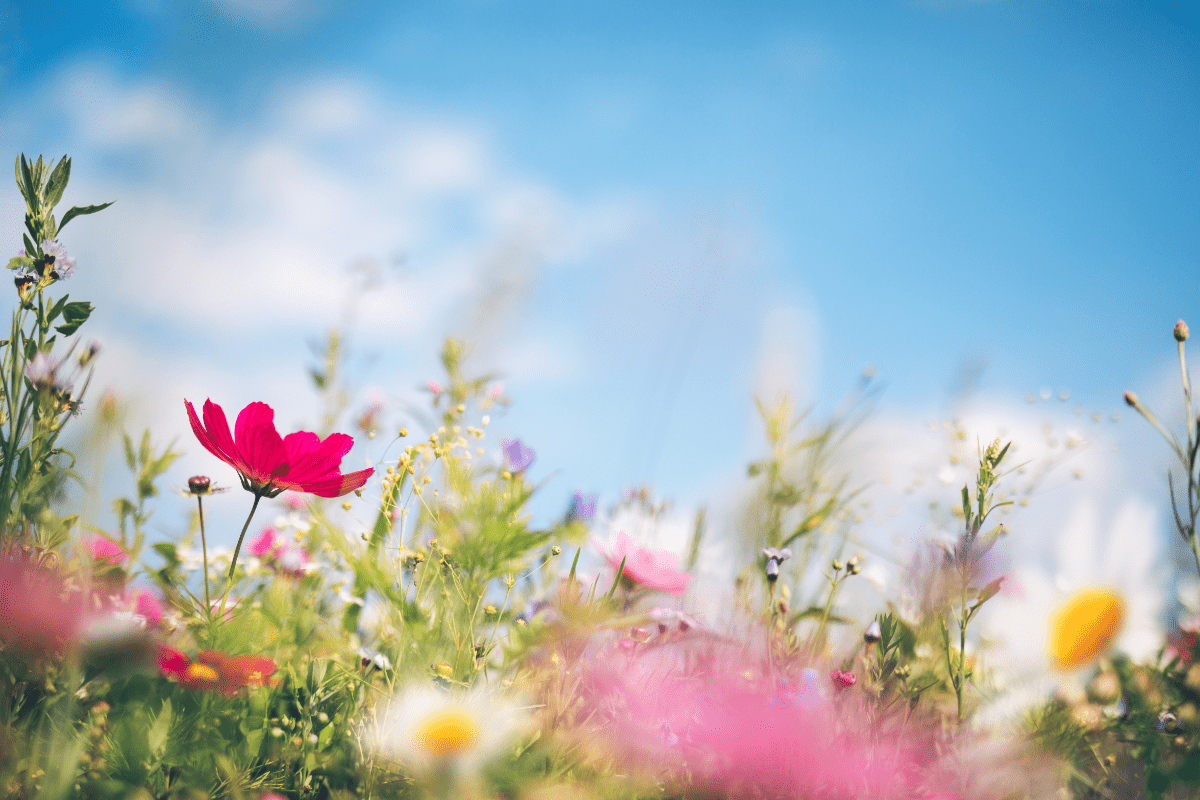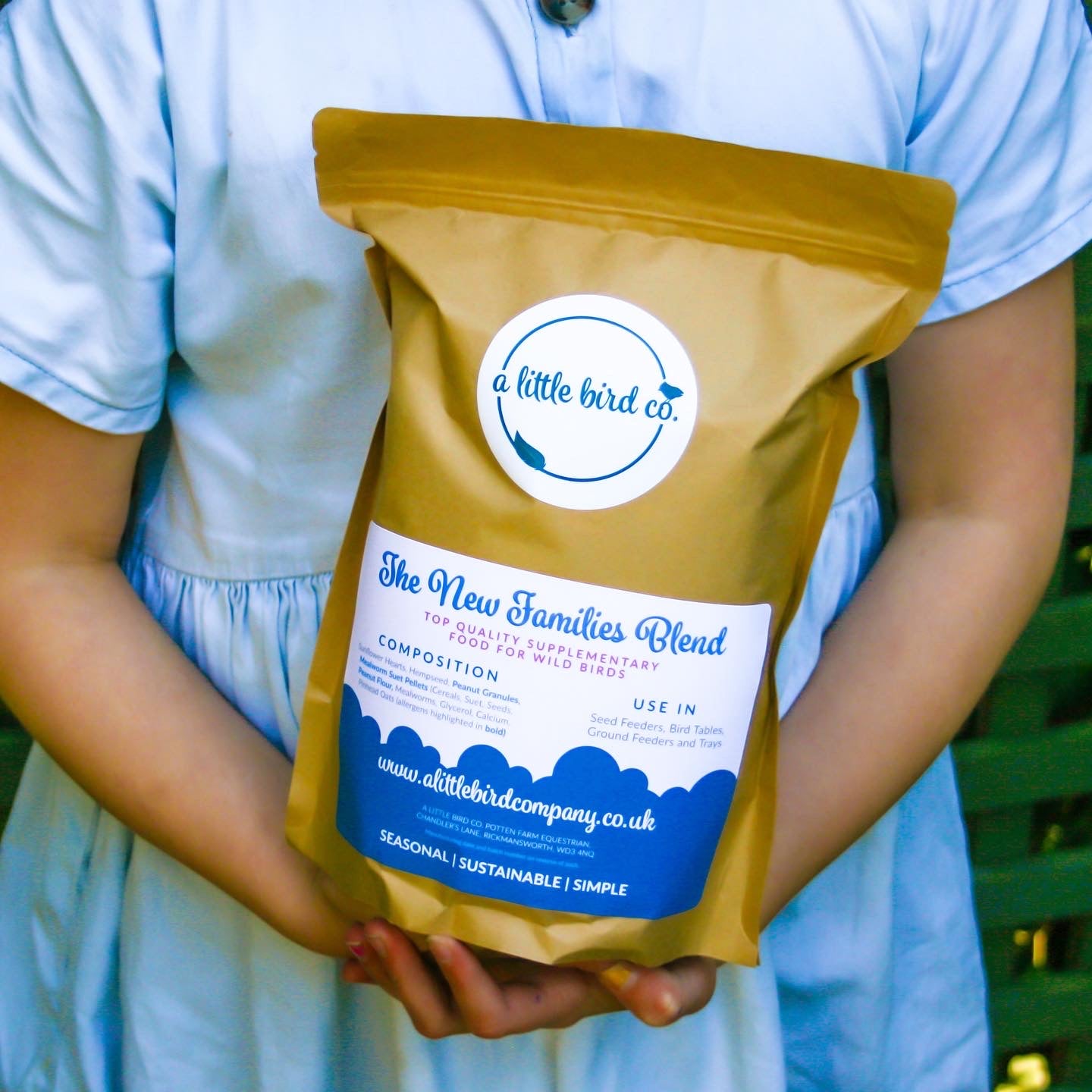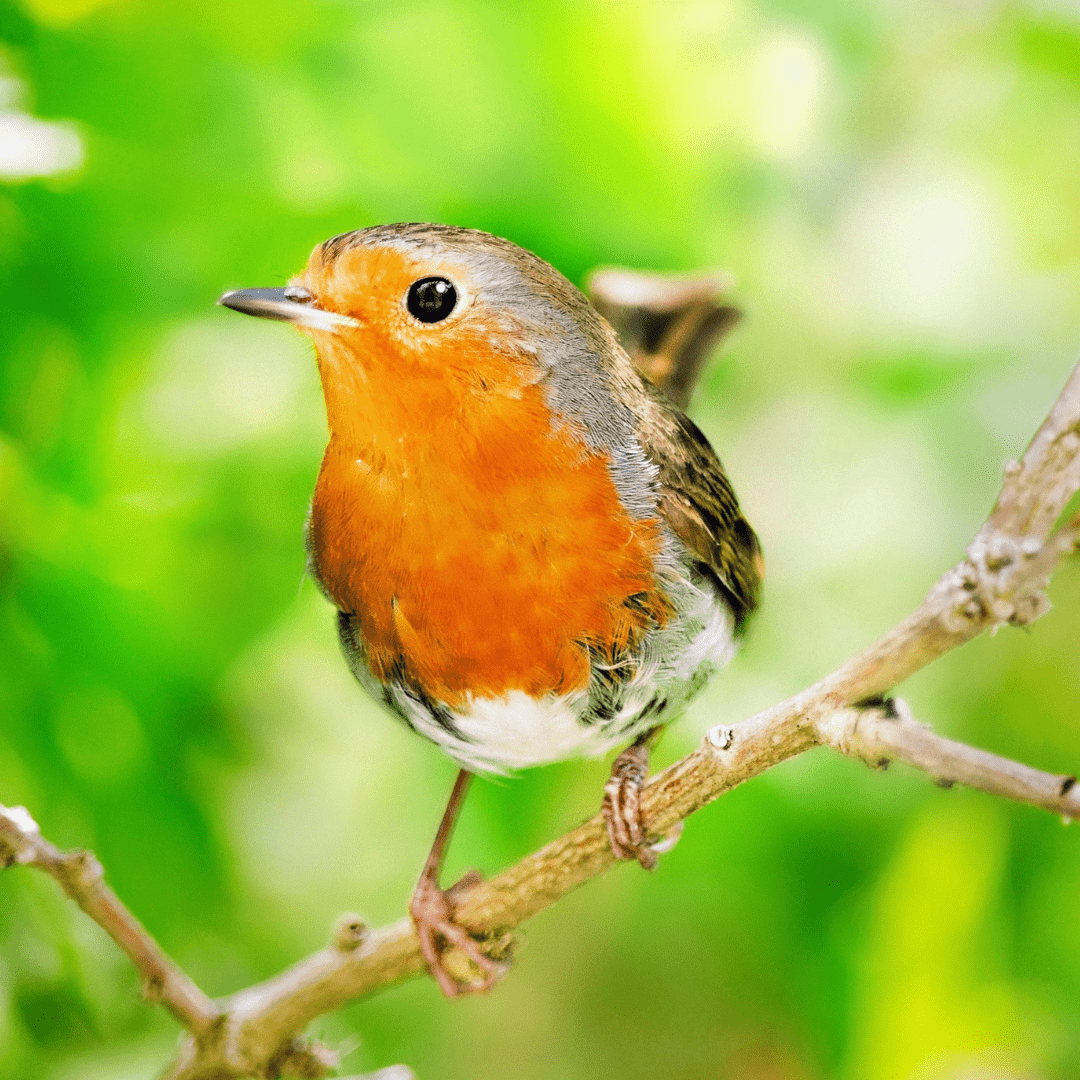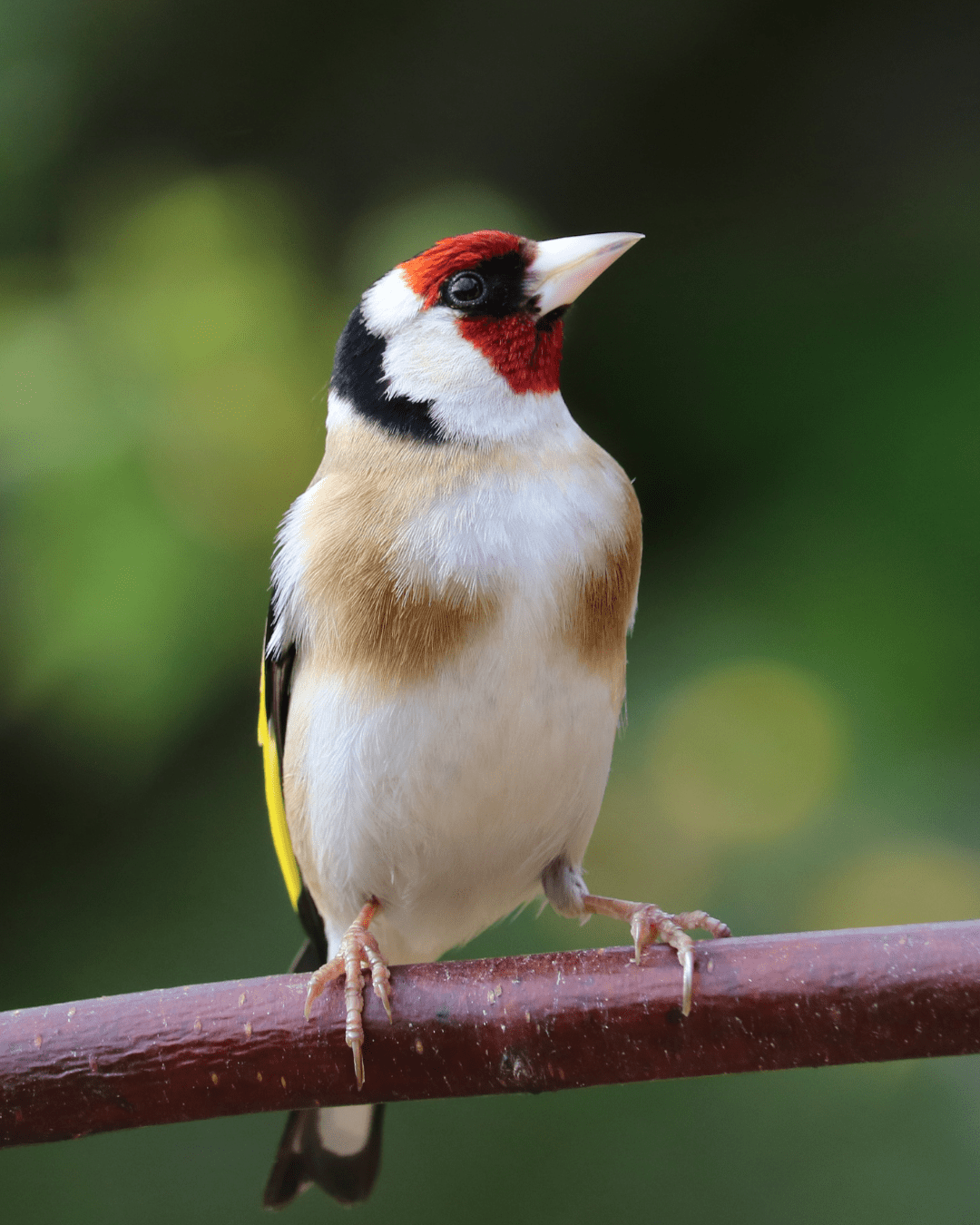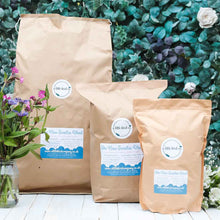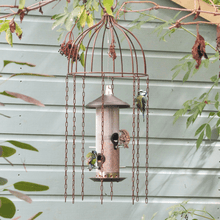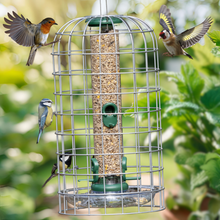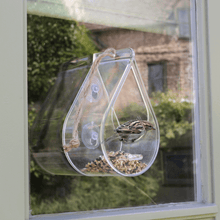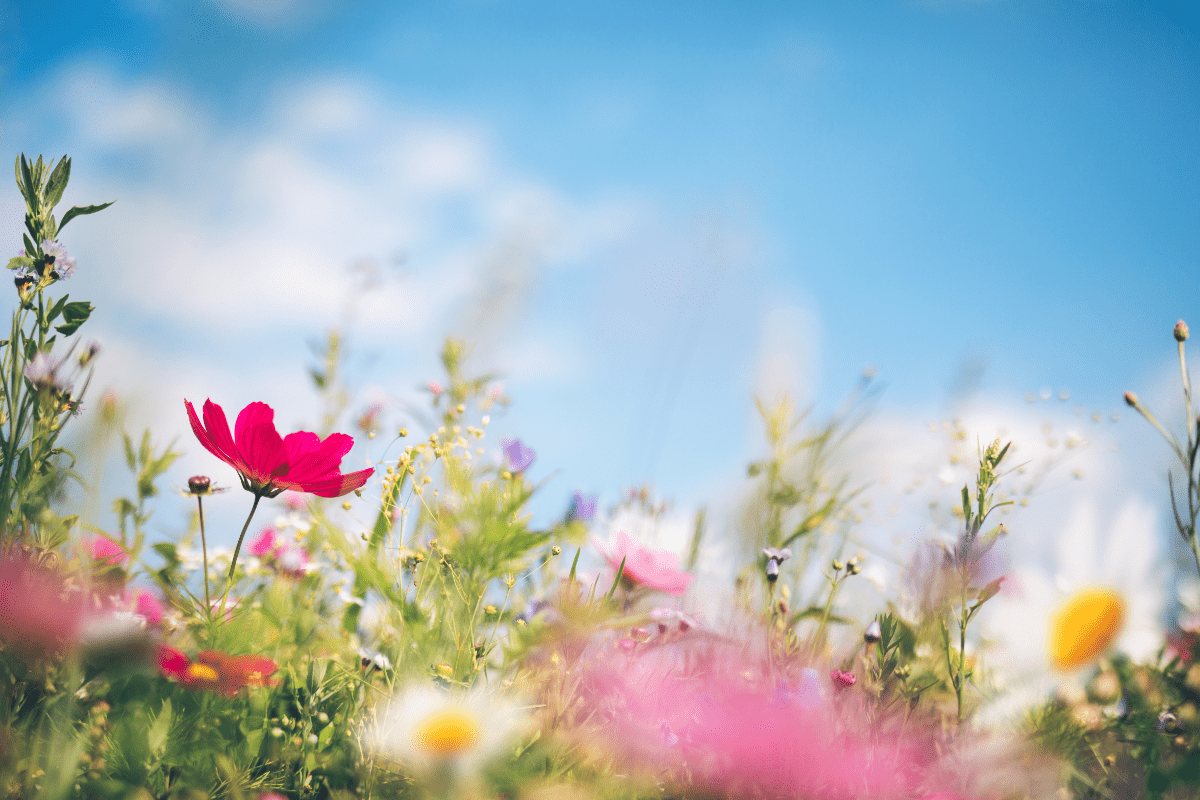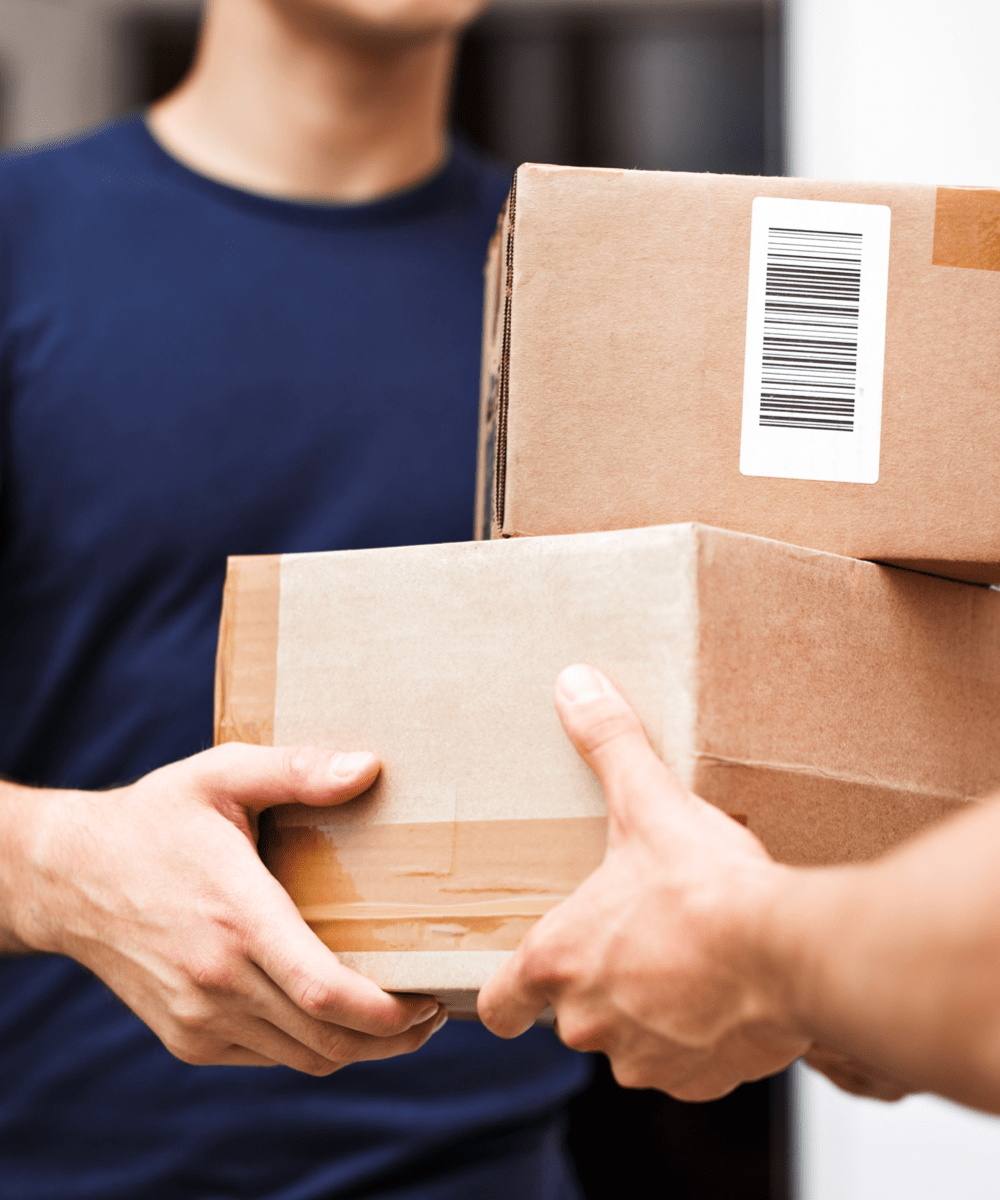Are you new to feeding the birds? Join the flock!
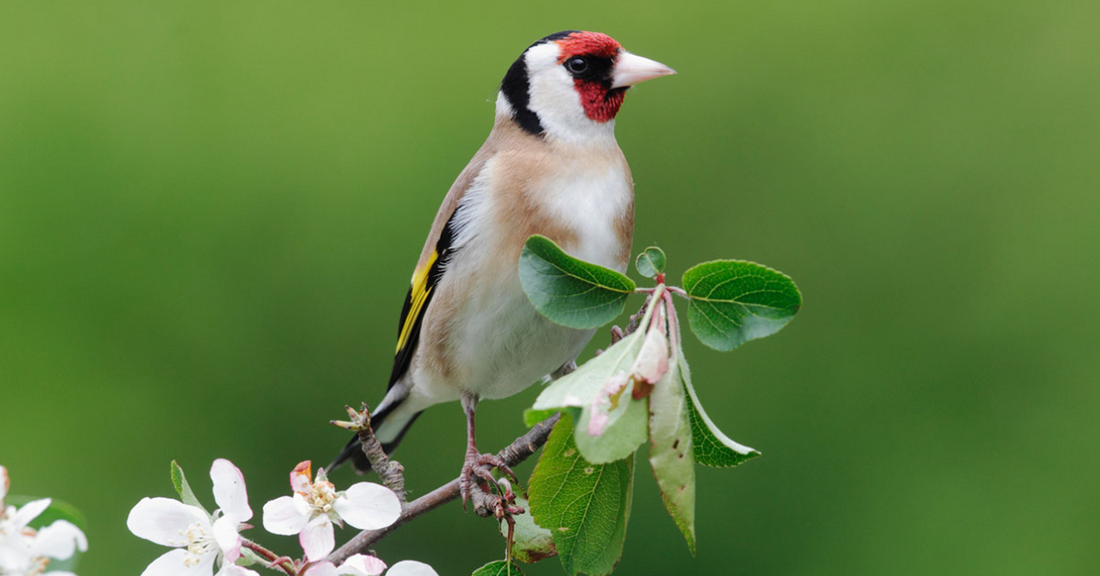
When I started putting out bird food, I could barely recognise a robin from a blackbird. When I had my first daughter I craved a bit of routine in amongst all of the chaos of the newborn days, and part of that routine included feeding the birds. Gradually the birds started to notice the food and I started to notice them, and it started me on a relationship and a feeling of connection with the wildlife in our little garden. I felt really pleased with myself for having achieved something (albeit a small something) at home.
If you are new to feeding the birds, welcome! Here are my top tips for the beginner bird feeder:
Fill your feeders regularly
Like any new routine, it can be hard to remember to fill your feeders at first, but you don’t need to do so every day. A handful of food every few days is a great way to get started, and day by day your birds will start to notice, then trust, then rely on the food you are putting out. It can take the birds a while to find a new feeder, so if they haven’t come to see you after a couple of weeks, don’t give up. We had nothing but pigeons for the first four months or so of me feeding the birds, but with the right food and plenty of patience we started to see more variety.
Use a bird book to learn the names of your visitors
This was what really gave me a connection to the birds in our garden – once I started to recognise some of the visitors I started to feel more invested in feeding them. I had a few of the traditional bird books at home, but I found the illustrations and descriptions in Matt Sewell’s Spotting and Jotting Guide and Stuart Cox’s I Like Birds really brought the birds to life. I started identifying the birds by their characters and quirks, rather than just their appearance and markings and gradually gained confidence. Every time I spot a new visitor it’s a huge thrill, and we now welcome blue tits, robins, wrens, dunnocks, blackbirds, goldfinches, sparrows, great tits and chaffinches (plus a lot of starlings and jackdaws and a very rotund pigeon) and I am happy to say I can recognise them all! There are some brilliant apps on the market too, which help you recognise the birds by their song as well as their appearance, and the RSPB website is always a good place to research a new visitor.
Make time to watch the birds in your garden
You might sit at the back window with a cup of tea, watch from the sink while you wash up or stand at an upstairs bedroom window – wherever you can see the birds from your house, aim to set aside a little time each day to enjoy watching them eat the food you have put out. Watching the birds has a proven benefit for mental health, and it’s a genuinely mindful way to spend five minutes each day.
Start your bird feeding with A Little Bird Company
Our food is different from the brands you find at the supermarket – we don’t pack our food out with cheap filler ingredients like wheat, dari and millet, instead choosing only the most nutritious, most beneficial ingredients, guaranteed to be popular with your wild birds. We only use compostable packaging to ensure that we have a positive impact on the environment. You can subscribe to simplify your deliveries, and adjust your subscription at any time. Get started today with A Little Bird Company!
Choose a feeder that’s easy to fill, empty and clean
Some bird feeders are very flimsy – they won’t last for long in an English garden and are made from brittle plastics – some are designed to be thrown away when empty rather than refilled. It’s best to choose a design that’s quick to fill in the mornings so that it’s easy to fit it into your routine – you want to find a feeder that you can shove a handful of food into while the tea brews, so fiddly lids or designs that need to be flipped over and unscrewed might not be the best option for a beginner. It is also important that your feeders are hygienic, otherwise they can spread disease amongst the bird population, so look for feeders that are easy to empty of uneaten food, and easy to clean and dry. The feeders I stock are sustainable, made from ceramics, stainless steel, FSC-certified wood and second-life plastic. I love the Singing Friend ceramic feeders – they’re so easy to fill and empty, and they look beautiful in the garden too. A Squirrel Buster is a great choice for a busier garden. If you don’t want to invest in a feeder straight away, a handful of food scattered in the garden is a great way to start and you can attract ground feeding birds like blackbirds, wrens, robins, dunnocks and sparrows that way – just check for cats before putting the food out.
Feeding the birds is the most brilliant, wonderful way to connect with nature and live more mindfully and I do my best to make it as simple as possible to offer them the very best. Start feeding the birds today with A Little Bird Company!
Ready to deepen your connection with the birds in your garden? Discover more about your feathered friends and how to attract them to your space with Amidst the Birdsong: A Garden Birdwatcher's Journal. This beautifully crafted journal is the perfect companion for anyone looking to observe and learn about the birds visiting their garden. Start your birdwatching journey today – click here to learn more.


